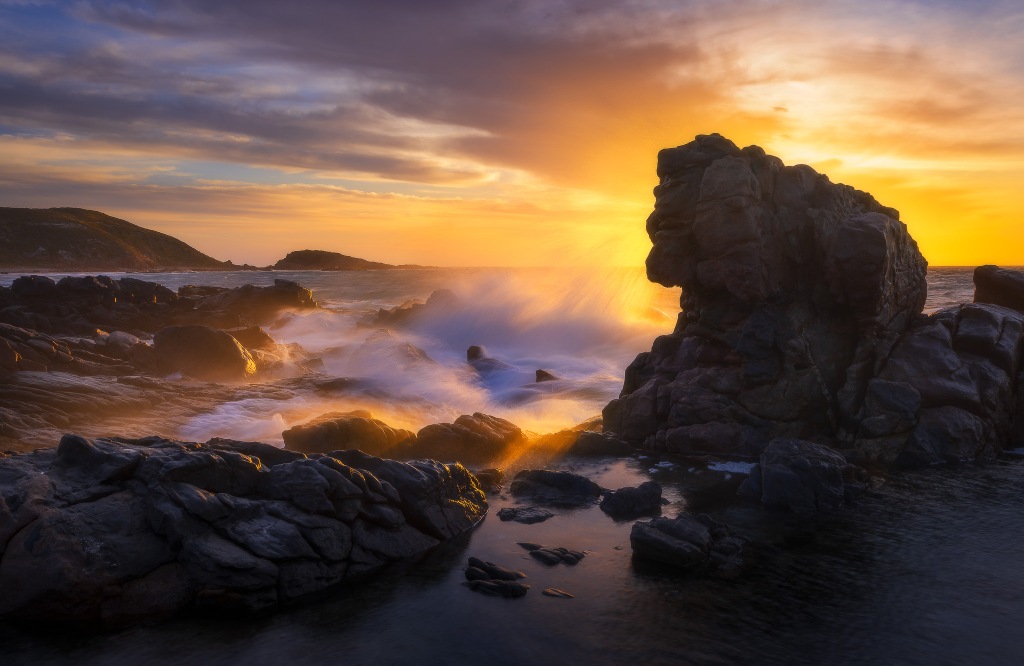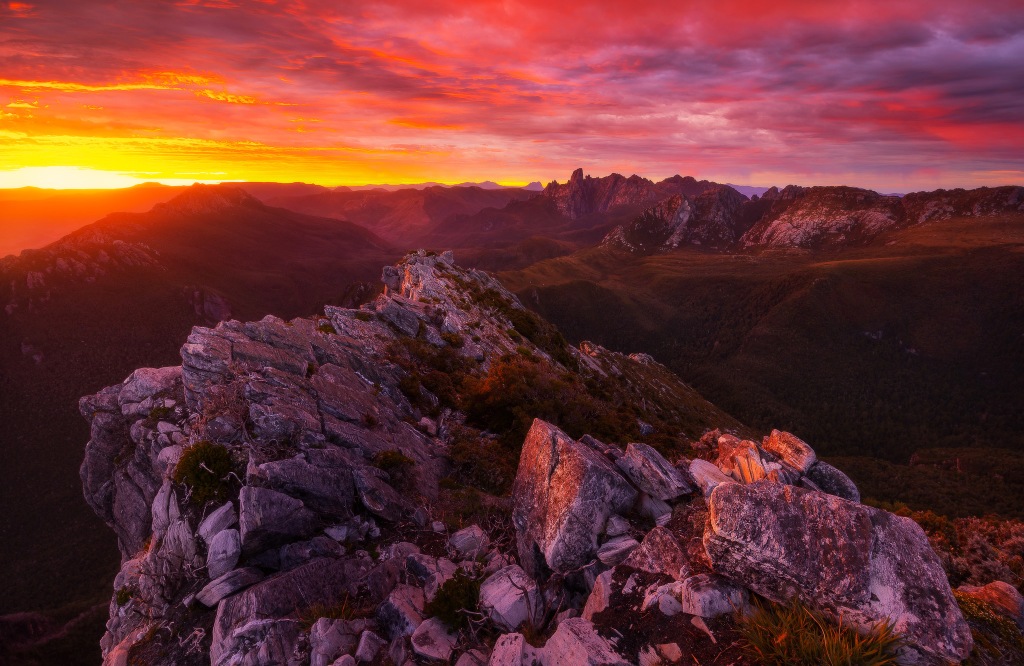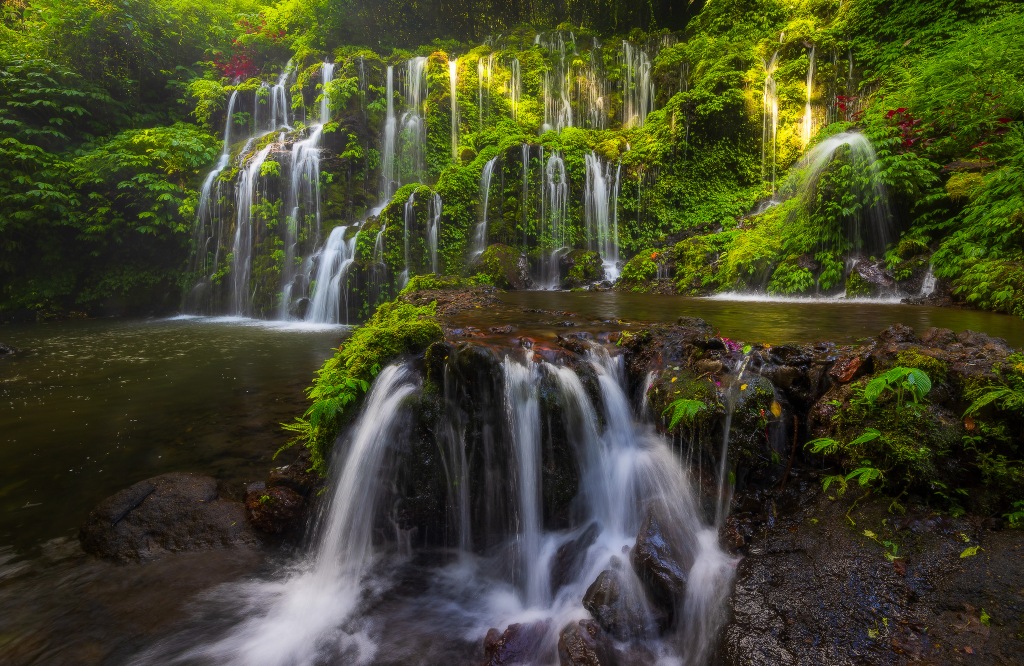My ongoing partnership with NiSi landed me a version of the new NiSi Swift FS ND filter kit. I want to focus this review on practical aspects and utility for … Continue reading NiSi Swift FS ND Filter kit review


My ongoing partnership with NiSi landed me a version of the new NiSi Swift FS ND filter kit. I want to focus this review on practical aspects and utility for … Continue reading NiSi Swift FS ND Filter kit review

This year I had the good fortune to join Luke Tscharke and Nathan Mattinson on a journey to the Eastern Arthurs. It was a first for all of us having … Continue reading Eastern Arthurs : an incomplete journey, February 2023

Journal account of our Bali trip